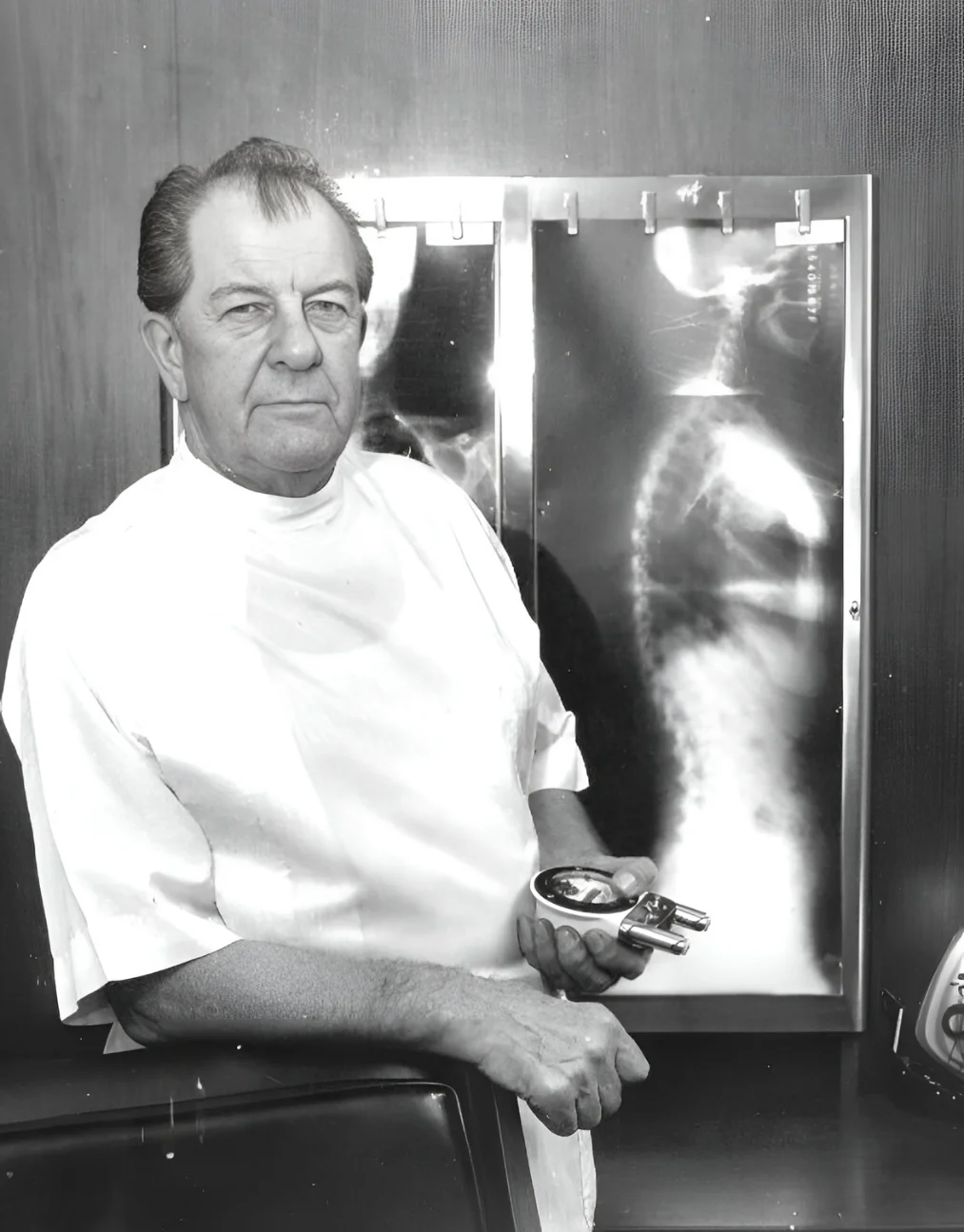
Why settle for anything less than comprehensive information when making crucial decisions about someone's health? Every patient deserves the highest level of chiropractic care in Wesley Chapel, FL, achieved through a thorough analysis that correlates various aspects of their clinical picture. This approach ensures specificity and fosters patient confidence in the doctor's ability to provide effective care.
The Gonstead Technique relies on five essential components: Visualization, Instrumentation, Palpation, X-Ray, and patient symptoms. By integrating these elements, we can pinpoint the precise location that requires adjustment. When all these factors align, we can provide the patient with a specific and effective adjustment. Specificity is the key, as Dr. Gonstead emphasized that three adjustments on the wrong vertebral segment could lead to a Subluxation, highlighting the importance of precision.

When you visit a chiropractor using the Gonstead System for the first time, they’ll likely take special X-rays of your entire spine, called Full Spine X-Rays.
These Full Spine X-Rays use less radiation than taking multiple smaller X-rays of just parts of your spine. They’re super helpful because they let the chiropractor:
These X-rays give your chiropractor a clear picture of what’s going on with your spine, so they can figure out the best way to help you feel better.
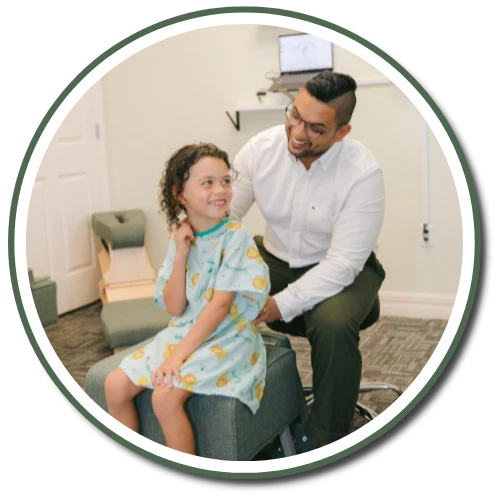
When you visit a chiropractor who uses the Gonstead System, they’ll carefully check your spine using two hands-on methods called Static Palpation and Motion Palpation. These techniques help them find any problem areas in your spine.
Static Palpation: This is when the chiropractor gently feels your back with their hands while you’re still. They’re looking for things like unusual curves, tight muscles, changes in your skin’s texture, or areas that feel warmer or cooler. These clues help them spot where something might be off.
Motion Palpation: This method involves the chiropractor moving your spine gently to check how each bone (vertebra) moves. They’re looking for subluxations, which are places where the bones aren’t moving properly or are slightly out of alignment. They also figure out exactly how these bones are misaligned, which helps them plan how to fix it.
These hands-on checks help the chiropractor understand what’s going on with your spine so they can create the best plan to help you feel better.

In the Gonstead System, chiropractors use a tool called a Nervoscope or Delta-T, which has two probes, to check your spine. This tool measures the temperature on both sides of your spine to find areas that might be inflamed (swollen or irritated).
By comparing the temperature readings, the chiropractor can spot subluxations—places where the bones in your spine aren’t lined up or moving correctly. The tool also helps them track how well their adjustments are working and know when the problem has been fixed.
This simple but effective tool gives the chiropractor extra clues about what’s happening with your spine, so they can make the best plan to help you feel better.
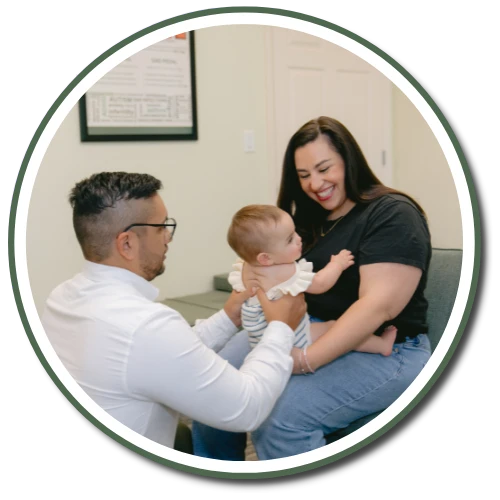
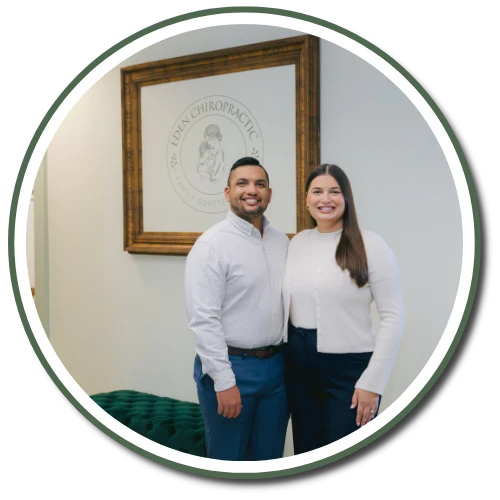
Dr. Gonstead, who created the Gonstead Chiropractic System, had a theory about how spine problems, called subluxations, start with the discs between the bones (vertebrae) in your spine. Here’s a simple explanation:
When a bone in your spine gets out of place, it can mess up the alignment of the disc, which is like a cushion between the bones. This misalignment puts pressure on the soft center of the disc (called the nucleus pulposus). That pressure can damage the tougher outer part of the disc (called the annular fibers).
When the disc gets damaged, it can swell up because of inflammation, kind of like how your ankle swells if you sprain it. This swelling can press on nearby nerves in the small spaces between the vertebrae (called the intervertebral foramen), which can cause pain, tingling, or other nerve-related problems.
Dr. Gonstead believed that understanding how these disc problems cause subluxations is super important. By figuring out how much damage the disc has, the chiropractor can decide the best way to adjust your spine—how much force to use and in what direction—to fix the problem and help you feel better.
Your spine is made up of bones called vertebrae, and between them are intervertebral discs, which act like cushions. These discs have two main jobs: they help your spine bend and move flexibly, and they keep the vertebrae connected so they move correctly.
Each disc has two key parts:
The Nucleus Pulposus: This is the soft, jelly-like center of the disc. It holds water and nutrients and acts like a pivot point (kind of like a ball in a ball bearing) to help the vertebrae move smoothly.
The Annulus Fibrosis: This is the tough, outer part of the disc, made of strong fibers. It surrounds the nucleus and looks a bit like the rings in a tree trunk. It’s attached to the ends of the vertebrae above and below it to keep everything stable.
Dr. Gonstead’s Level Disc Theory says that when the discs are healthy and working properly, they keep the vertebrae perfectly aligned. A healthy disc is like a level cushion that’s the same thickness all the way around (like a perfectly round pancake). When the disc is level and the vertebrae are lined up correctly (called Parallel Discs), your spine can:
Spread your body weight evenly.
Keep nutrients flowing to the disc to stay healthy.
Allow your spine to move and function at its best.
This proper alignment helps your spine stay strong and move smoothly, which is key to feeling good and avoiding problems.
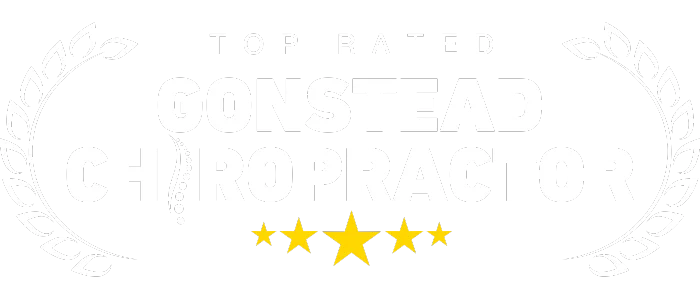

Call Us (813) 815-8135
© 2025 Grow Gonstead. All rights reserved